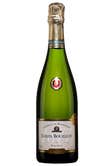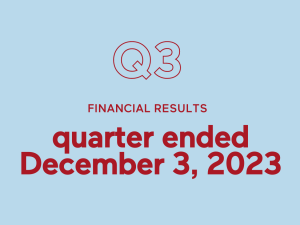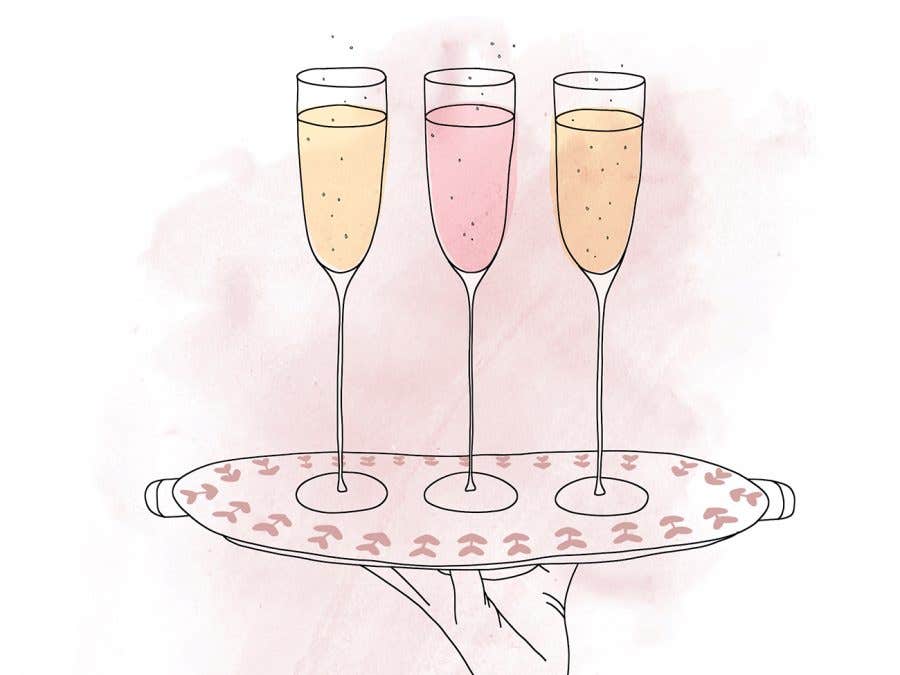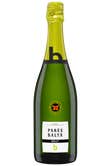In Quebec, you can easily find bubbly from twenty or so different countries—for all tastes and budgets—to use in cocktails or to celebrate a special occasion. So many bottles to choose from! To help you navigate the wine aisle and choose the perfect one for you, we’ve outlined the three most popular methods of production.
Tradional method
Yeast and sugars are added to still wine (no bubbles) and immediately bottled. A second fermentation, which occurs inside the bottle, creates the bubbles we all know and love so much. This method, originally from France’s Champagne region, is the most appreciated in terms of quality and refinement. It’s the method used for making Champagne, but also for various French Crémants, Spanish Cavas, Franciacorta wines, and other sparkling wines around the world.
Tank method
Sparkling wines made with this method undergo their second fermentation inside a large stainless steel tank rather than individual bottles. These tanks are reinforced, allowing them to withstand the pressure caused by the CO2 that is released during fermentation. The wine is then bottled directly from the tank, without extended lees contact, which lowers production costs considerably. The most famous sparkling wine made using this method is Prosecco.
Ancestral method
This method entails pausing fermentation mid-way and transferring the wine from tank to bottle, where it will finish fermenting, trapping the CO2 in the process. Wines made using this technique are authentic and approachable, with lively bubbles. Some of the more popular appellations include Clairette de Die, Limoux, and Gaillac, as well as Pét-Nat (naturally sparkling) wines, a variety that is rapidly gaining in popularity.
+Think you know everything there is to know about Champagne? Put your knowledge to the test.
-
 Louis Bouillot Perle Rare Crémant de Bourgogne 2019 Sparkling wine | 750 ml France , Bourgogne$24.45Available Online Available In store
Louis Bouillot Perle Rare Crémant de Bourgogne 2019 Sparkling wine | 750 ml France , Bourgogne$24.45Available Online Available In store
Illustration: Valérie Bertrand
-
Inspiration
(745)
- Profiles (184)
- Interviews (77)
- Share (295)
- Trends (60)
- Tasting and service (47)
- Production methods (21)
- Conservation (5)
- Wine cultivation (27)
- Pairings and Taste Tags (26)
-
The SAQ is here
(87)
- SAQ Inspire Event (34)
- Donations and sponsorships (52)
- SAQ Inspire Contests (0)
-
About us
(47)
- Press releases (40)
- Career (4)
- Clarifications (3)
- Sustainable development (21)





 Free in-store delivery with purchases of $75+ in an estimated 3 to 5 business days.
Free in-store delivery with purchases of $75+ in an estimated 3 to 5 business days.







